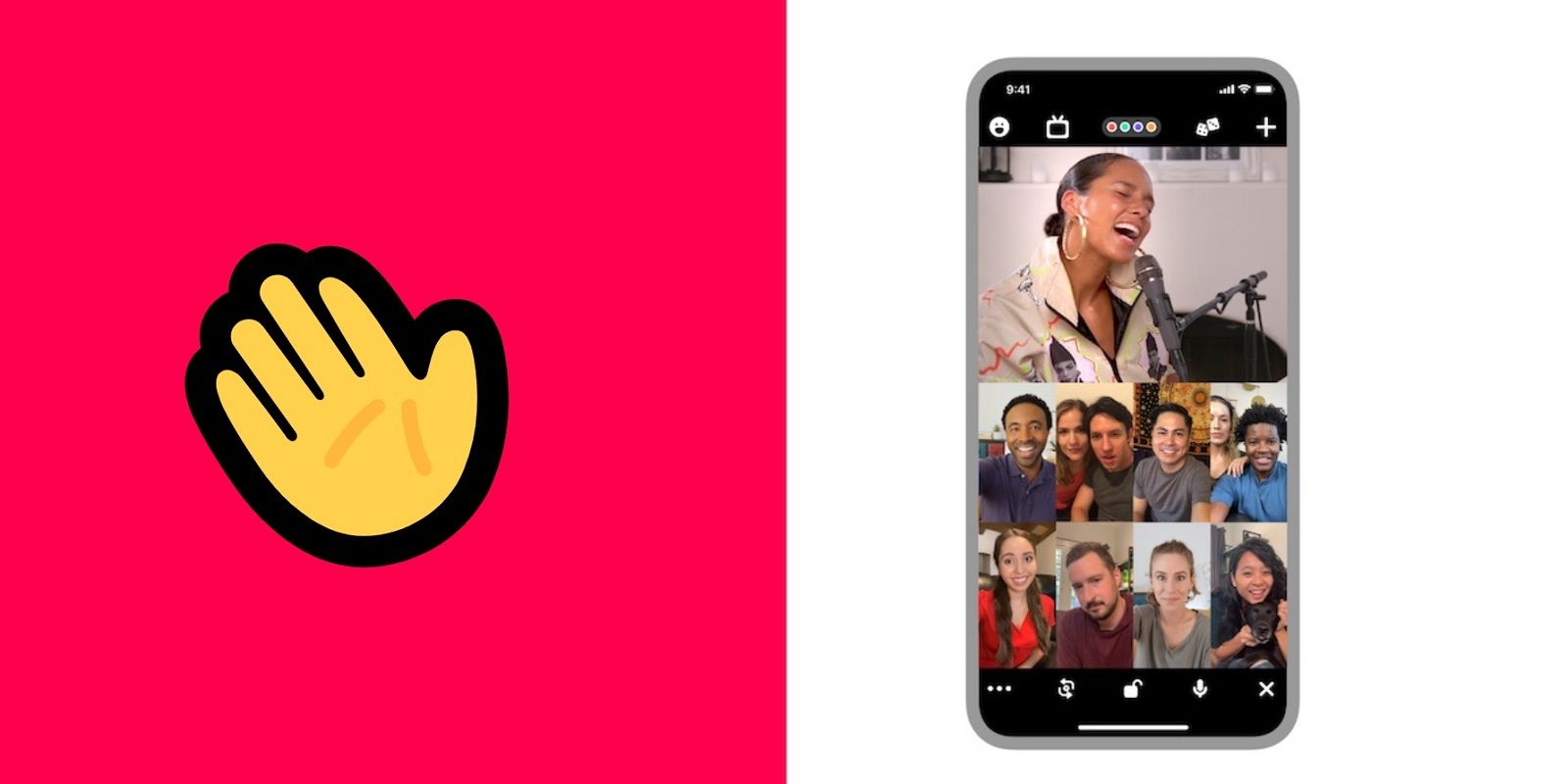
Ben Rubin and Sima Sistani are the two minds behind the smartphone app and web service, Houseparty. The live-streaming social network has proved popular thanks to its fun and cool entertaining features that are perfectly suited to a socially-distant lifestyle. From playing mobile games like Heads Up! with friends to answering trivia questions to attending live chat sessions and musical performances, there is so much to do on Houseparty.
Houseparty provides a great opportunity for users to experience the mechanism of going live with family and friends, playing games, and winding down together. Something that's all the more useful with everyone compelled to practice social distancing, due to the ongoing coronavirus pandemic. Rubin, the co-founder of Houseparty, previously headed up and led Meerkat, a mobile app that allowed users to broadcast and stream live content to Twitter or Facebook. Rubin met his current business partner, Sistani, at South by Southwest, where he was out marketing and promoting Meerkat. Eventually, Sistani joined Rubin and the Meerkat team, after previously co-founding Rogue Paper, and holding highly-esteemed positions as the Director of Mobile Growth at Yahoo! and Head of Media at Tumblr.
Meerkat was highly liked by its users for how simple and easy it was to use, considering it just took two-clicks to go live. The number of people using the app sky-rocketed after its debut on Product Hunt, and it proved particularly popular among Twitter users. Despite Meerkats's critical and commercial success, Rubin and Sistani understood that going live was not everyone's preference, and especially publicly. This rationale drew them into working on a clandestine beta version of Houseparty, built on the foundation of enhancing real-life connections (imported from Facebook and Twitter) and experiences through social games, open or locked chat parties, and continuous conversations. As The Verge previously reported, Sistani was recently promoted to the CEO of Houseparty, and has since taken huge steps in partnering with gaming and media companies to bring more games and options to the platform, like screen sharing.

One of the many reasons behind Houseparty's success is the joint effort pulled together by Rubin and Sistani before the lunch of the app. Back then, Sistani was COO and took to Midwest and Southeast schools in the United States to conduct market research on the beta version of Houseparty, while Rubin and the engineering team focused on pushing out new versions every week based on public feedback. This helped the team to navigate technical uncertainties, backend-related issues, build and design features that were easy to use, solve privacy complaints, and enhance the video chat experience in general.
Since the beginning, Houseparty has witnessed accelerated growth and positive acclaim from its users. However, it was not until March of this year when the social media platform experienced an immense surge in the duration of usage and the number of downloads. It was one of the go-to destinations for teenagers, college-goers, and students in the United States, and since the spread of COVID-19, Houseparty has drawn in even more users belonging to different age groups. When Rubin and Sistani set out to create a social network that could be used by anyone, and at any time, to hold long conversations, build relationships and keep everyone entertained, it is unlikely they anticipated a time when millions of people would rely on Houseparty for its accessibility and experience during a pandemic. In Houseparty, they knowingly yet unknowingly, created a smartphone and web-based service designed to assist a socially-distant way of living.
from ScreenRant - Feed https://ift.tt/3eKlpYI


0 Comments